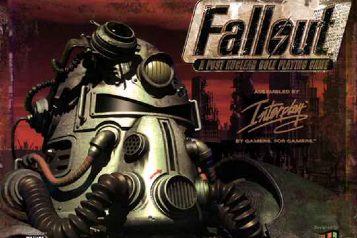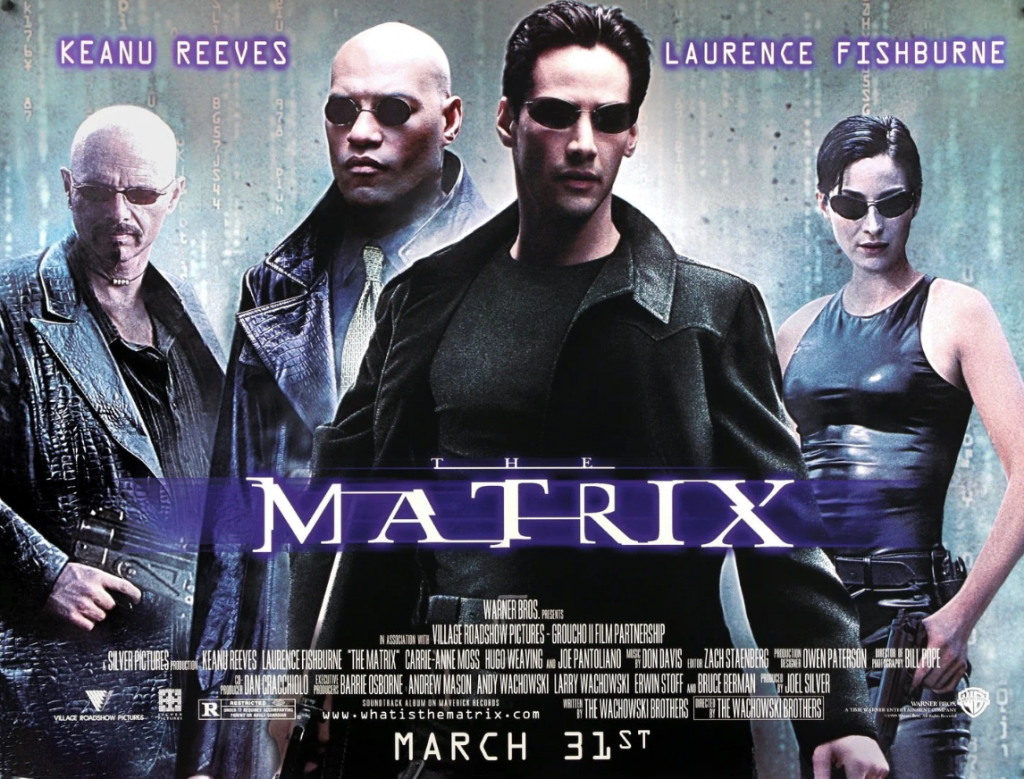
At the age of seven, my family embarked on an unforgettable expedition to the picturesque Antilles in the Caribbean. The journey was an odyssey through a palette of breathtaking landscapes, where azure waters serenaded pristine shores adorned with gently swaying palm trees, offering a mesmerizing spectacle of nature’s allure.
However, beyond the scenery, what ingrained itself into my memory was the vibrant cultures intricately woven into the fabric of everyday life. Among the experiences, the reverberating heartbeat of the Antilles was unmistakably its music, Konpa and Zouk. The rhythmic maestros of the region, danced vivaciously through the air, offering a gateway into the soulful essence of Caribbean melodies. The infectious beats, vibrant and spirited, possessed the ability to transcend linguistic boundaries, embracing and infusing every moment with an infectious zest for life. These melodies weren’t just notes; they were an invitation, to even the most reluctant of people to partake in the celebration of sound.
Yet, amidst the harmony of this musical journey, a linguistic barrier emerged as an unexpected hurdle. My limited proficiency in French posed a challenge to direct communication with the locals, compelling me to rely on my parents, native Francophones, as mediators However, even within the comfort of my parents’ linguistic proficiency, another layer of barrier lingered as some locals conversed in Kreyol, a captivating blend of French and other languages, rendering communication an intricate tapestry of understanding.
This linguistic challenge cast a shadow on an otherwise luminous experience. There was a palpable longing to forge deeper connections with the warm-hearted locals, to unearth the narratives and nuances buried within their stories. It was a reminder that while music effortlessly bridges cultural divides, language acts as a conduit for intimate interactions, a key to unraveling the intricate layers of a community’s heritage.
Nevertheless, the trip to the Antilles in the Caribbean remains a treasured moment in my lifetime. It was an immersion into a realm where the splendor of nature converged with the vivacity of cultural expressions, painting a canvas adorned with the vibrant hues of music, language, and an unwavering communal spirit. It was a journey that bestowed upon me a profound appreciation for the universal language of music, transcending barriers and nurturing connections beyond words.
In retrospect, the Antilles gifted me more than mere scenic vistas and mellifluous rhythms; it provided invaluable lessons in cultural harmony, emphasizing the potency of music to foster unity and the intrinsic role language plays in fostering deeper connections with diverse cultures.
The memories of that journey linger, a medley of natural splendor, vibrant beats, and the quest for deeper understanding, a testament to the enriching tapestry of experiences offered by the Antilles in the Caribbean.
Works Cited
Jamison, Rick. “Green Grass Field Near Body of Water During Daytime.” Unsplash, 21 Feb. 2020, unsplash.com/photos/green-grass-field-near-body-of-water-during-daytime-9CJTrF-HnlU.
Britannica, Encyclopaedia. “Locator Map of the Antilles.” Encyclopædia Britannica, cdn.britannica.com/48/245148-050-B3D7174F/Locator-map-Antilles.jpg.





